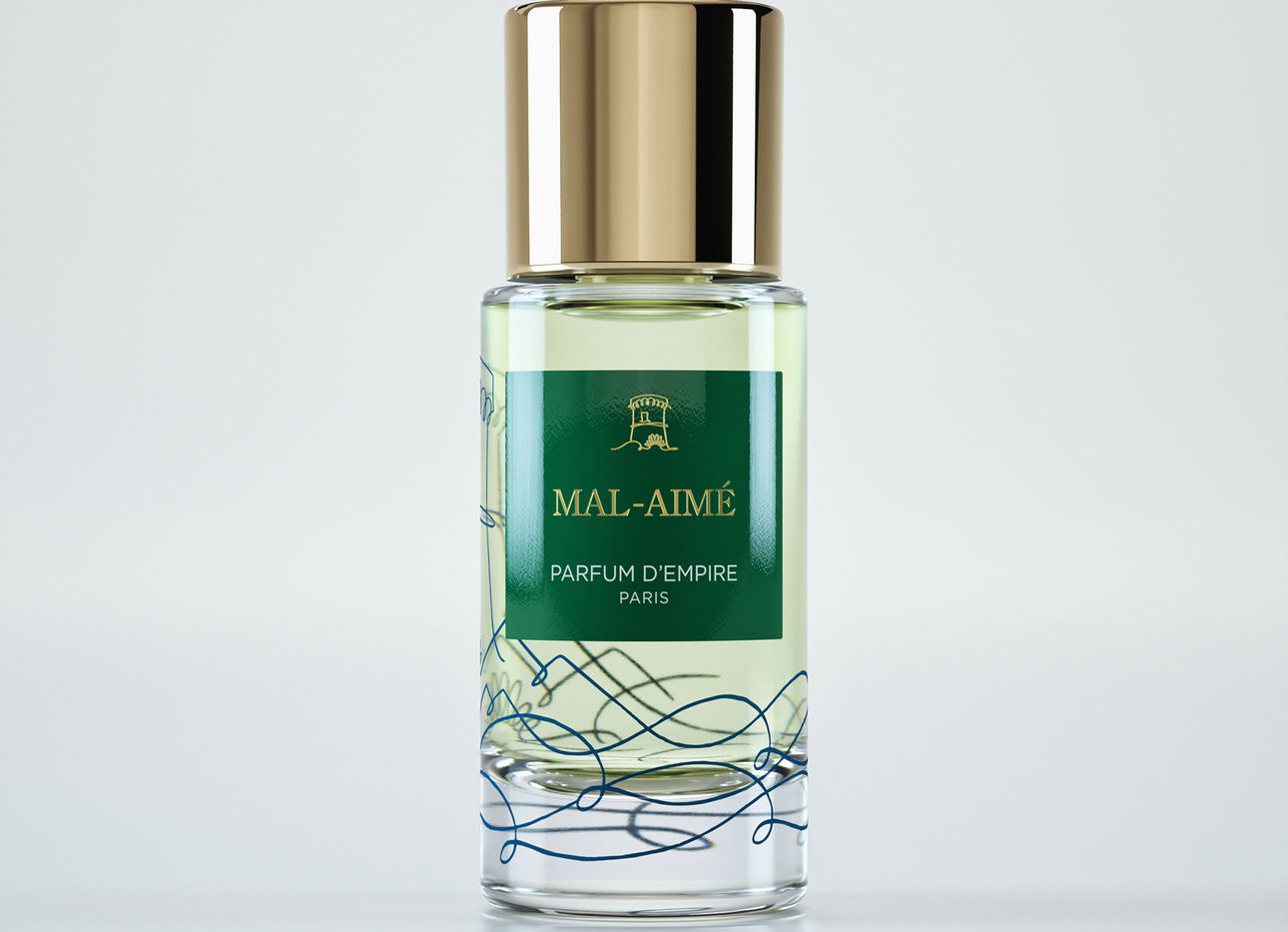
How a Spidery Weed Spawned This Sweet-Smelling Perfume
Think about the scent of your favorite fragrance. Chances are, it’s a variation on a long-established olfactory concoction. These archetypes represent a satisfying scented harmony that can withstand the test of time. Their ingredients are familiar: regal rose, heady jasmine, effervescent citrus. Prized in the perfume world, these well-known elixirs have spawned vast networks dedicated to cultivating and collecting them for use in perfumery.
But not far from most of the scent industry's carefully-tended landscapes, a different kind of plant grows: the overlooked yet tenacious weed. French perfumer Marc-Antoine Corticchiato sees the shrubs as far from inferior or undesirable—particularly the inula, a common weed in his native Corsica, the mountainous Mediterranean island. “In French, weeds are called mauvaises herbes, or bad herbs,” he said in a statement. “I think it’s unfair, because they are bountiful and have many healthful properties. I’ve never had the heart to pull out the wild inula that grows in my garden.” The weed served as the impetus for Mal-Aimé, a scent he created for his fragrance house Parfum d’Empire. In Corticchiato’s deft hands, the plant, which sprouts clumps of small, hairy yellow flowerheads–produces a startling and expansive green note—one reminiscent of more classic perfume elements, but with a character all its own.
Lightly floral, the inula note has a rose-like quality, but with a touch of honeyed sweetness. While built around this distinctive aroma, Mal-Aimé extends its aromatic reach to include other elements of the weed’s humble context. Saline and woody notes swirl around the composition, creating the impression of a wild Corsican hillside near the sea. A prominent nettle note lends a dry and medicinal quality, while orris root forms a dusty, earthy base. Taken as a whole, the composition presents a fascinating and complex bouquet that marries classic French perfumery to a surprising and iconoclastic olfactory palette.
For Corticchiato, Mal-Aimé functions not only as an exploration of an under-explored ingredient, but also as a salute to his late companion, Lucien Acquarone, who loved its scent. (Acquarone’s sons, Stéphane and Alexandre, distilled the inula oil used in the fragrance.) A talented engineer who focused on botanical extraction equipment, continuously developing new and better ways of extracting essential oils from plants in order to highlight the best of their fragrances, Acquarone had long discussed making a perfume built around inula with Corticchiato, but passed away before the project was realized. In Mal-Aimé, Corticchiato has made a heartfelt tribute to both an unsung botanical scent and a dear friend.